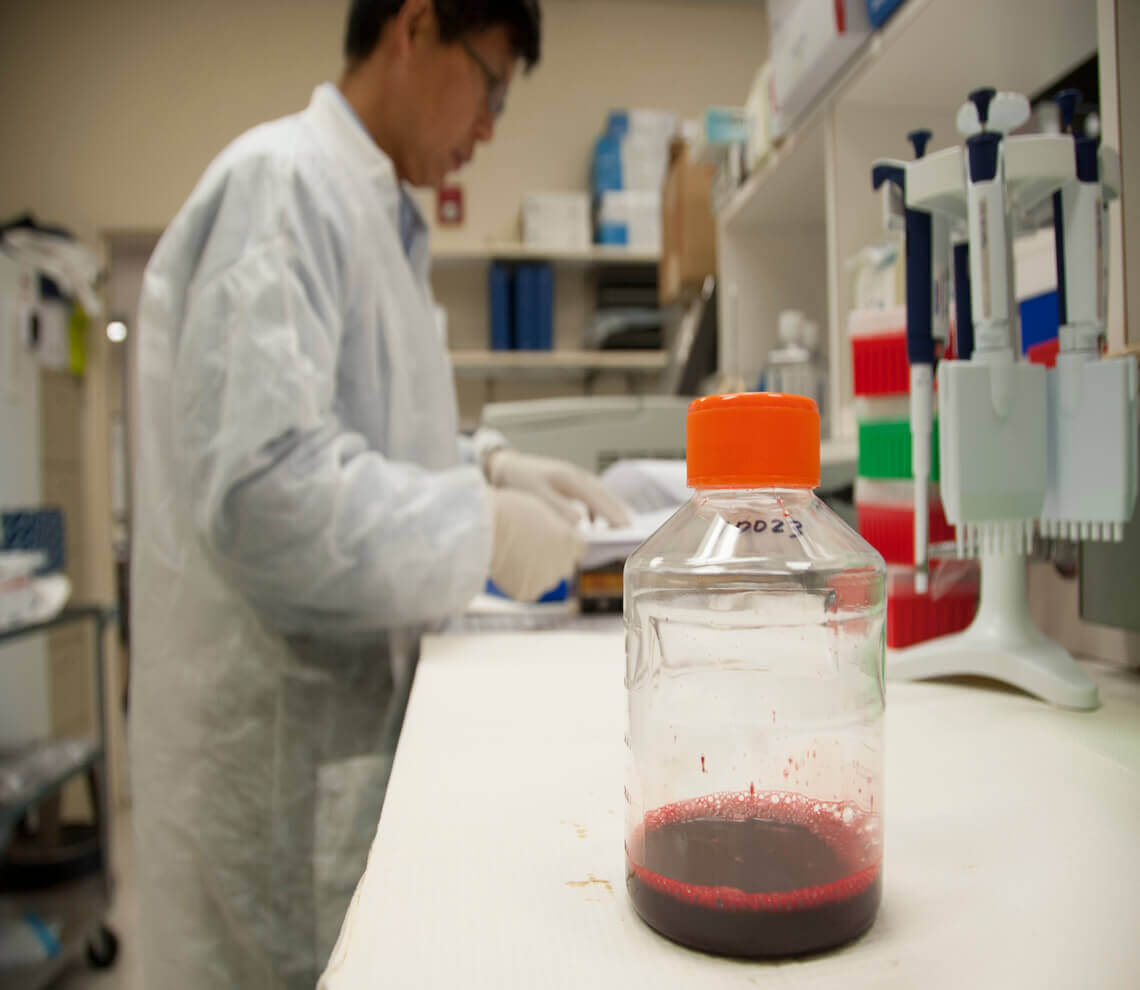- Our Suppliers
- MBS Monoclonals
- TLR4/MD-2 Complex (Toll Like Receptor 4/MD-2) (Azide Free)
Product short description
Price:
575 EUR
Size:
100ug
Catalog no.:
GEN600226
Product detailed description
Concentration
N/A
Clone
6D82
Immunoglobulin isotype
IgG2a
Category
Antibodies
Clonality
Monoclonal
Also known as
TLR4/MD-2 Complex
Gene name
TLR4; N/A; N/A; N/A
Gene name synonims
TLR4; N/A; N/A; N/A
Other gene names
TLR4; N/A; N/A; N/A
Source organism
Mouse (Mus musculus)
Subcategory
Mnoclonal antibodies
Host organism
Rat (Rattus norvegicus)
Storage and shipping
Store the antibody at -20 degrees Celsius.
Purification method
Highly Purified 95% (SDS-PAGE). Preservative free.
Tested applications:
Immunoprecipitation (IP), Flow Cytometry (FC/FACS)
Form/Appearance
Supplied as a liquid in PBS. Does not contain any preservatives.
Other names
toll-like receptor 4; Toll-like receptor 4; toll-like receptor 4; N/A; N/A
Species reactivity
Mouse (Mus musculus); Due to limited knowledge and inability for testing each and every species, the reactivity of the antibody may extend to other species which are not listed hereby.
Specificity and cross-reactivity
Recognizes the mouse TLR4/MD-2 complex.; Since it is not possible to test each and every species our knowledge on the corss reactivity of the antibodies is limited. This particular antibody might cross react with speacies outside of the listed ones.
Description
Sodium azide NaN3 is often used to prevent antibody degradation in 0,02% W/V concentrations. MBS Monoclonals supplies azide free antibodies on request.Recently MBS Monoclonals made this TLR4/MD-2 Complex (Toll Like Receptor 4/MD-2) ( ) available without azide. It will stick less and is more suitable for ELISA or in vivo studies. However you need to store the @VV@ frozen and ship on dry ice.The receptors are ligand binding factors of type 1, 2 or 3 and protein-molecules that receive chemical-signals from outside a cell. When such chemical-signals couple or bind to a receptor, they cause some form of cellular/tissue-response, e.g. a change in the electrical-activity of a cell. In this sense, am olfactory receptor is a protein-molecule that recognizes and responds to endogenous-chemical signals, chemokinesor cytokines e.g. an acetylcholine-receptor recognizes and responds to its endogenous-ligand, acetylcholine. However, sometimes in pharmacology, the term is also used to include other proteins that are drug-targets, such as enzymes, transporters and ion-channels.
© Copyright 2016-Tech News . Design by: uiCookies

